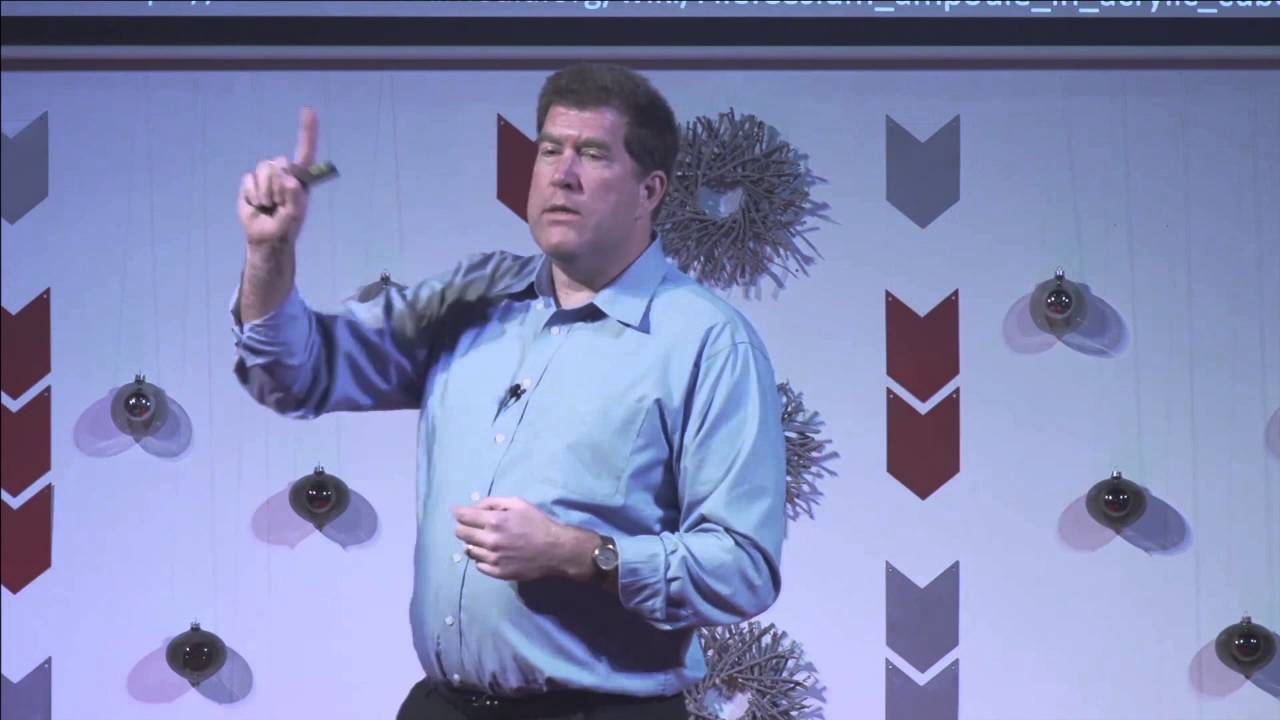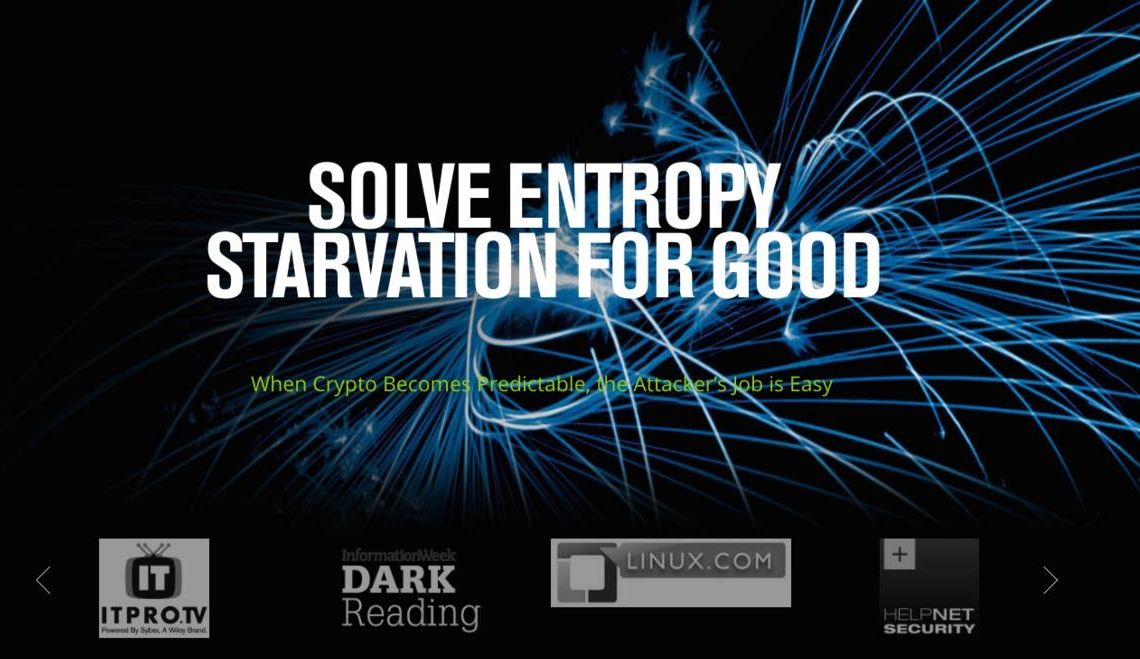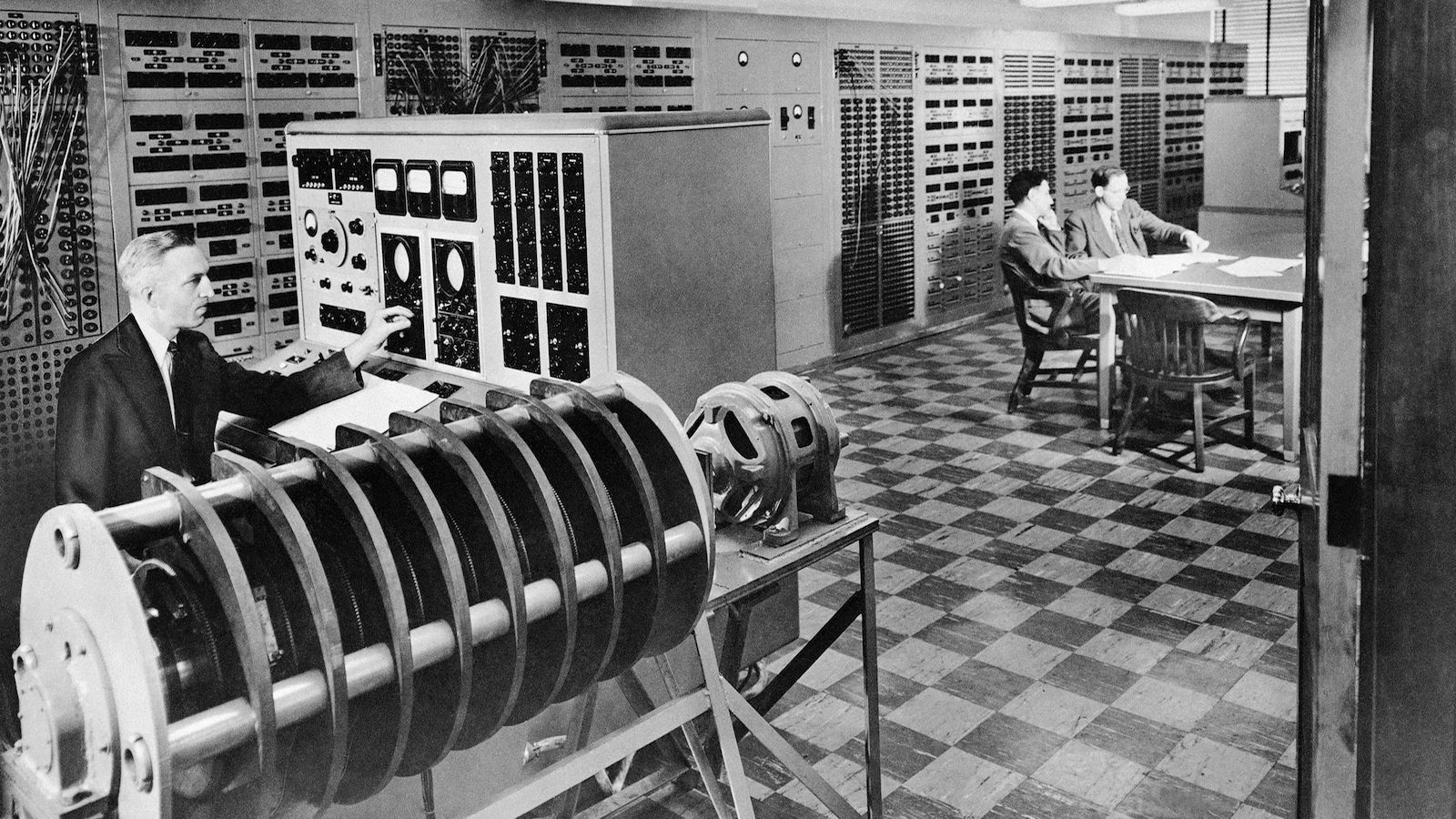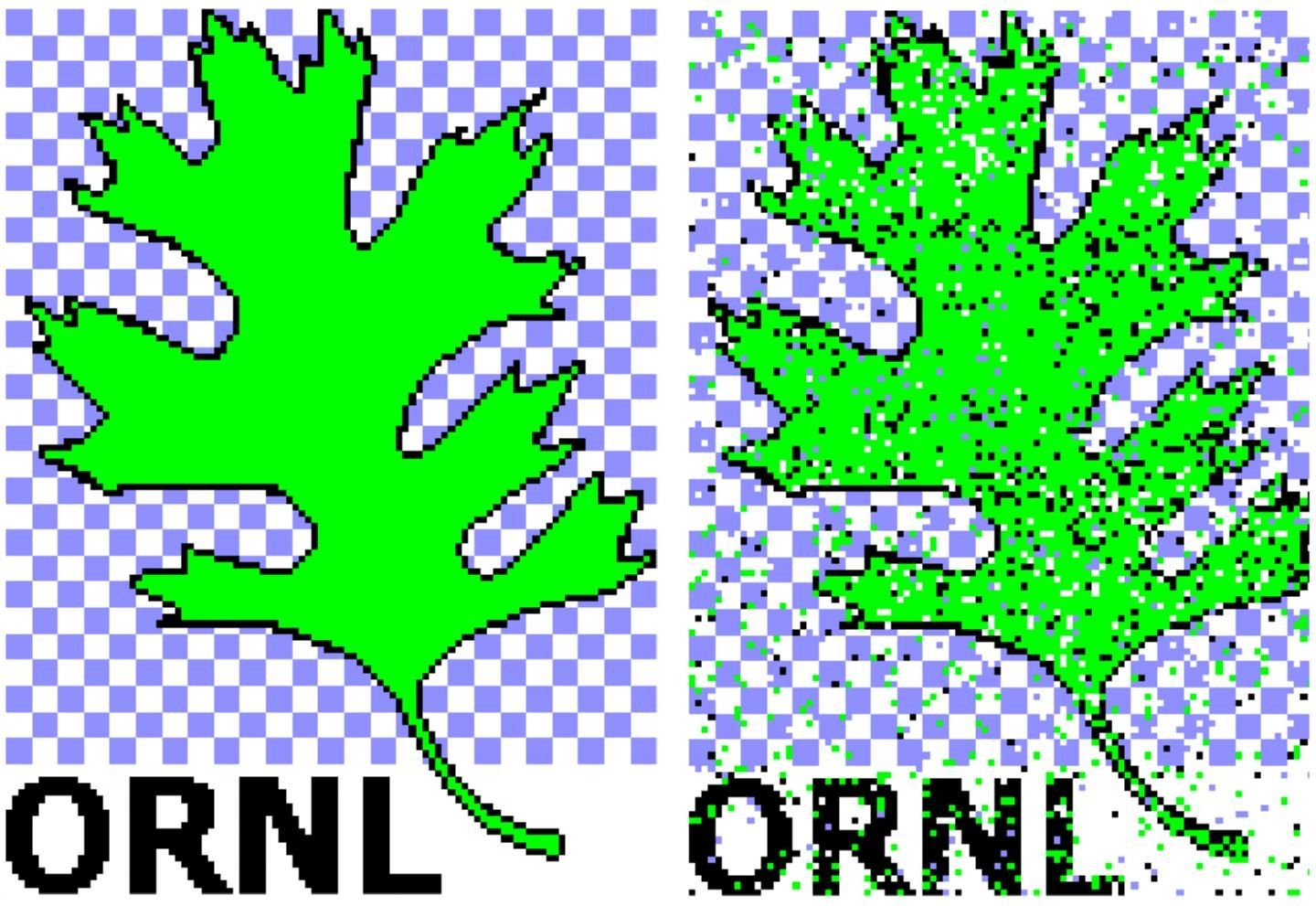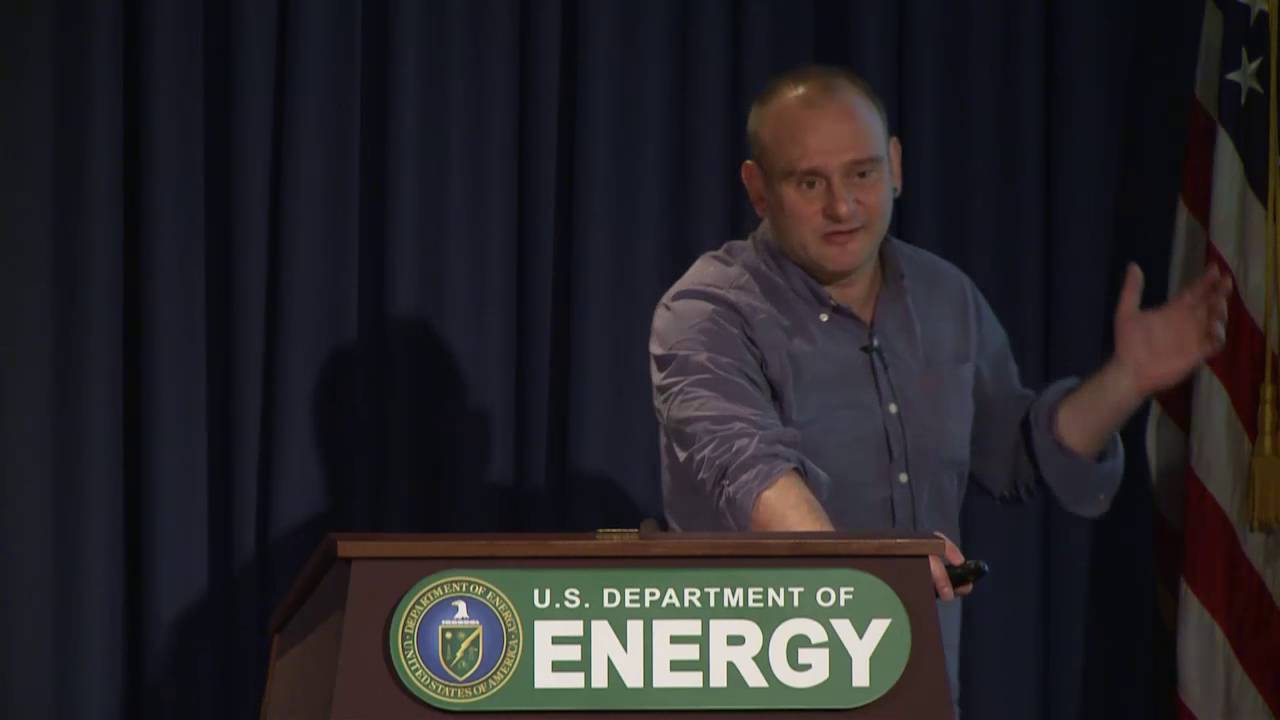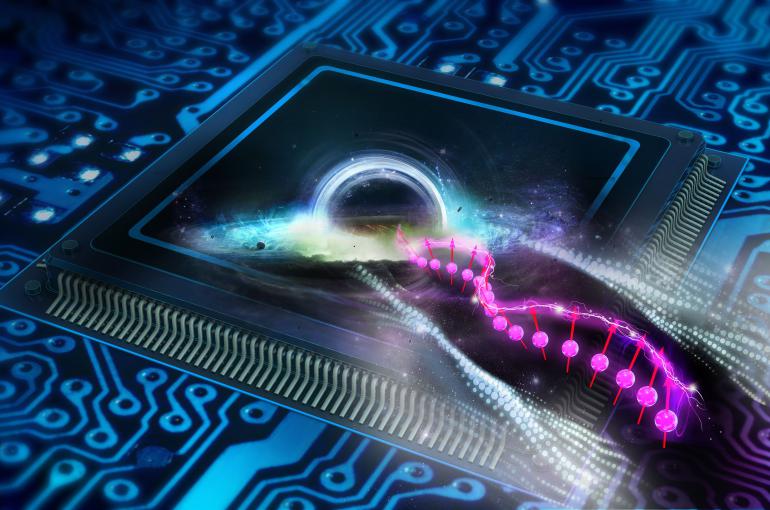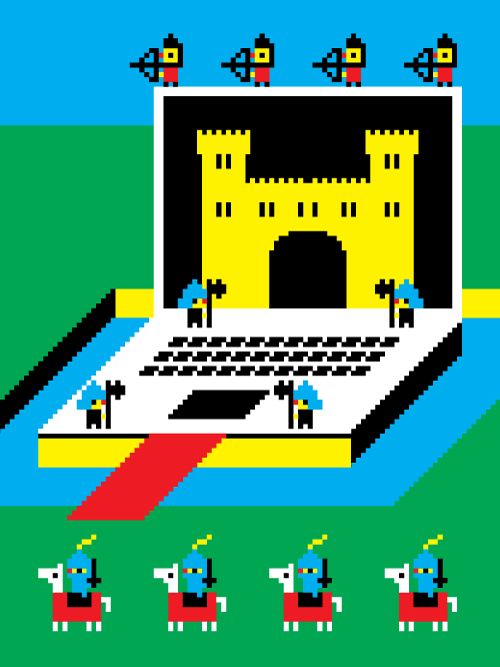Now, this is a breakfast I wished that I could have experienced.
So, I tweeted about this yesterday, but I also spent the entire day feeling achy and feverish, so didn’t have brains or time for a blog post with more details. I’m feeling healthier this morning, though time is still short, so I’ll give a quick summary of the details:
— As you can see in the photo (taken with my phone at Starbucks just before I took these to the post office to mail them), I signed a contract for a new book. Four copies, because lawyers.
— The contract is with Oneworld Publications in the UK, who had a best-seller on that side of the pond with How to Teach Quantum Physics to Your Dog.
